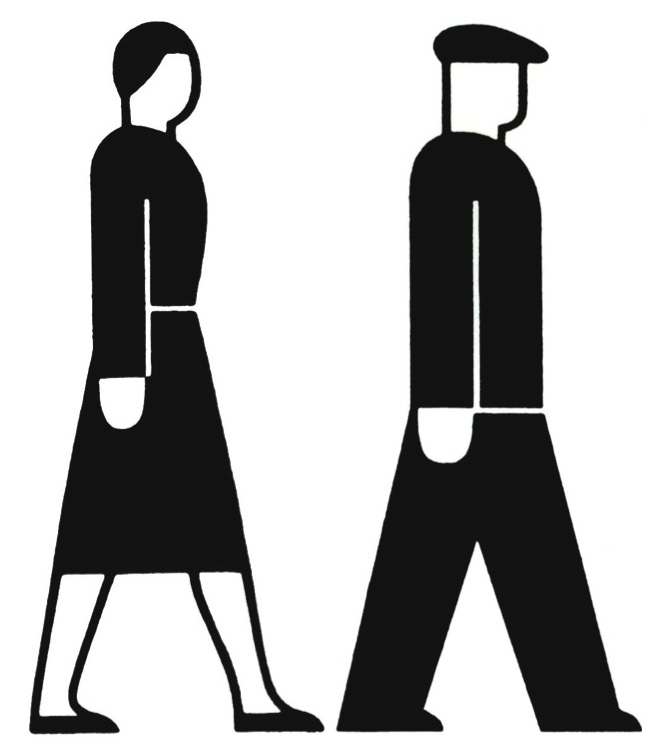
CCA ZARYA's latest exhibition tells the tale of the family of one of the workers at the Zarya Garment Factory.
On March 6, ZARYA Center for Contemporary Art will celebrate the opening of the exhibition “TOGETHER AND APART. FAMILY LIFE IN RUSSIA IN THE 20th CENTURY,” which tells the story of the “Soviet Century” through the lens of the day-to-day life and personal experiences of those who lived through it. The exhibition focuses on the theme of the urban family, tracking the development of personal relationships and domestic life.
The exhibition is a joint curatorial project by Gijs Kessler, a senior researcher at the International Institute of Social History (IISH) in Amsterdam, and Dutch exhibition designer Jeroen de Vries. “Together and Apart” has already been shown in the Netherlands, where it was visited by over 30 000 people, as well as in Moscow and St Petersburg.
The exhibition centers on the histories of twelve Russian families, as pieced together through anecdotes and photographs from family albums. These are people with different fates, different professions and nationalities, from different regions of the country, but there is much that they hold in common, in that their fates resembles those of millions of others living and working under the Soviet system. In Vladivostok, the exhibition will gain another chapter, expanding to include the story of the family of one of the workers at the Zarya Garment Factory, whose former premises now serve as the exhibition halls of CCC ZARYA.
Through these glimpses of private life, one can make out the echoes of major historical events from the past century. Influencing the family and its place in society were factors like shifts in the sociopolitical system and the growth of cities and their industrialization, with a particular focus on ideology, the structure of systems for health, education, safety and more. The exhibition was realized through the use of the latest in audiovisual technology to present documentary and material evidence from the epoch to reveal the impact of Russia’s turbulent 20th century on daily life, the creation and care of families, studies, work, leisure and aging.
Snapshots from family albums, newsreel footage, fragments of black-and-white Soviet films and relics of the material culture overlap the individual and collective memory of the 20th century, engaging a wide range of generations in a dialogue about their shared past.
What impact did revolution, war, and repression have on the Russian family of the 20th century? How did the massive migration of the rural population to the cities affect the life of those cities? Did Russia ever really experience the transition from the traditional conception of the family, consisting of multiple generations of relatives, to the nuclear one? What role did the notorious housing problem play in the life of the Soviet family? And what about the so-called “Babushka Effect”?
The visual and documentary materials presented at this exhibition prompt viewers to think more deeply about these questions, to look for patterns and parallels in the histories of their own families, and, quite possibly, to go back and flip through the pages of their own family albums.